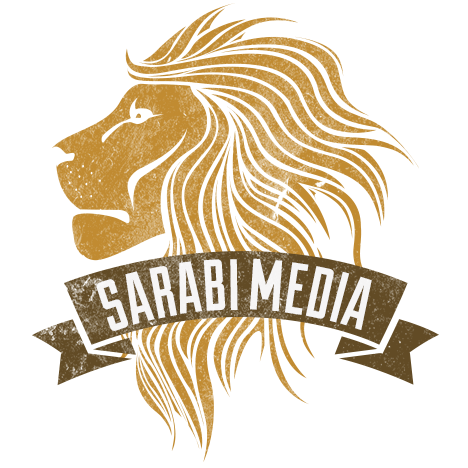Social Media: Who, What, When, and Why
What: Facebook is the primary social media network used by adults of all ages (18-55). This platform can be used for all types of content; photos, text-only posts, links to articles or outside web pages, shared content from other Facebook pages, videos, and advertisements.
Why: Any business that wants to stay current and connect with their customers in a modern way needs to be on Facebook. Facebook uses graph search to connect users with businesses in their area.
Who: As stated before, Facebook has users of all ages. It is primarily used by women and most users are between the ages of 18-29, followed closely by users ages 30-49. So this is a great way to connect with your younger clientele.
When: Facebook posts should be made 4-7 times per week. Typically, content is scheduled every other day to leave room for live posts, such as relevant articles, specials, or photos you took that day. Over posting (2-3 posts per day) can result in likers unliking your page, so keeping a nice balance of content going out is key. Facebook organic reach is around 2%, so businesses often use advertising to increase views of their content.
What: A platform for sending out quick informational blurbs containing 140 characters or less.
Why: Twitter is a great way to gain followers that you don’t already know. Through the use of hashtags, users can find brands and content that they wouldn’t normally find.
Who: Twitter users are more often men than women and can range between the ages of 18-49.
When: Your tweets can get lost in the constant flow of new tweets pretty easily, so tweeting often is a good idea. Tweeting once an hour is probably the maximum number of times a business would want or need to tweet, and tweeting once a day is probably the minimum.
Google+
What: Google is the largest search engine service in the world, and Google Plus enhances organic SEO and provides additional information, pictures and video that help businesses get noticed online. With the pages and pages of search results on each query, it's important to set apart your business and enhance the likelihood of being found by potential customers.
Why: Google+ is a platform where business owners can make sure all of their business information is up to date and accurate for Google search results. On Google+, you can upload photos, videos, make posts, and engage in conversations with other members of their community. You can also respond to reviews left by customers on this platform.
Who: Have you ever wondered what the answer to a question was and someone suggests you “Google it”? Google is huge. Being active on Google is important because everyone uses it.
When: Posting every other day to Google+ is plenty. It keeps your page active, so when Google spiders regularly crawl the web to rebuild their index, your business is still relevant and ranks well.
What: One of the strongest features of Instagram is its rich visual content. Information about your business can be showcased with pictures that bring your business to life and help to create emotional connections to your products and services. It has been estimated that today's consumer spends about 3 seconds viewing posts they see on their social media sites. Instagram helps to increase the attention that customers will give to your business because of its richer visual environment.
Why: Instagram grew 50% in 9 months and surpassed Twitter as the biggest social media platform. Your business should be on it for this reason alone. Visual content is the most appealing content right now.
Who: Instagram is used pretty equally by both men and women, but the average age demographic for this platform is 18-29, so it is heavily dominated by younger users.
When: Instagram posts can be made daily, or weekly. It all depends on content curation. If your business often takes several photos a day, post daily! If not, creating a bank of images and posting really good content 1-2 times is fine. Don’t just post to post.
Yelp
What: Many consumers look to Yelp to decide on a provider of specific business services. The online reviews of fellow consumers are a trusted source of knowledge when it comes to local business. Stay on top of your reviews and keep consumers coming through your doors with active reputation management.
Why: Reputation management is a huge part of your digital presence as a business.
Who: Yelp users are primarily between the ages of 18 to 34 and living in the United States.
When: You want to check your Yelp reviews at least twice a week and respond within 24 hours if possible. Yelp has great tools for receiving review notifications, including a mobile app where you can respond to reviews as soon as they come through.
What: Consumers go to Pinterest for fun and informative content. Information is presented in collage board fashion that appeals to many consumers. Tips, images, customer photos, and more can keep customers engaged with your business in a more unique format.
Why: Building your brand on Pinterest can result in a growing following and potential customer base. Pinning informative and visually appealing content is a great way to build trust before customers walk through your door.
Who: 42% of users are women, and the average user age is 18-49.
When: Going on Pinterest and pinning 5-10 items once a week is plenty to stay active and slowly increase your following. If you really love Pinterest and want to grow your following faster, pinning daily is a fine option. This is a very flexible platform because it is search based, opposed to the more feed-based platforms like Facebook, Twitter and Instagram.
